Wrap star: the 30-step design process behind a Burberry cashmere scarf
Made in Scotland, the British label's signature cashmere check scarves are crafted using a multi-step manufacturing method
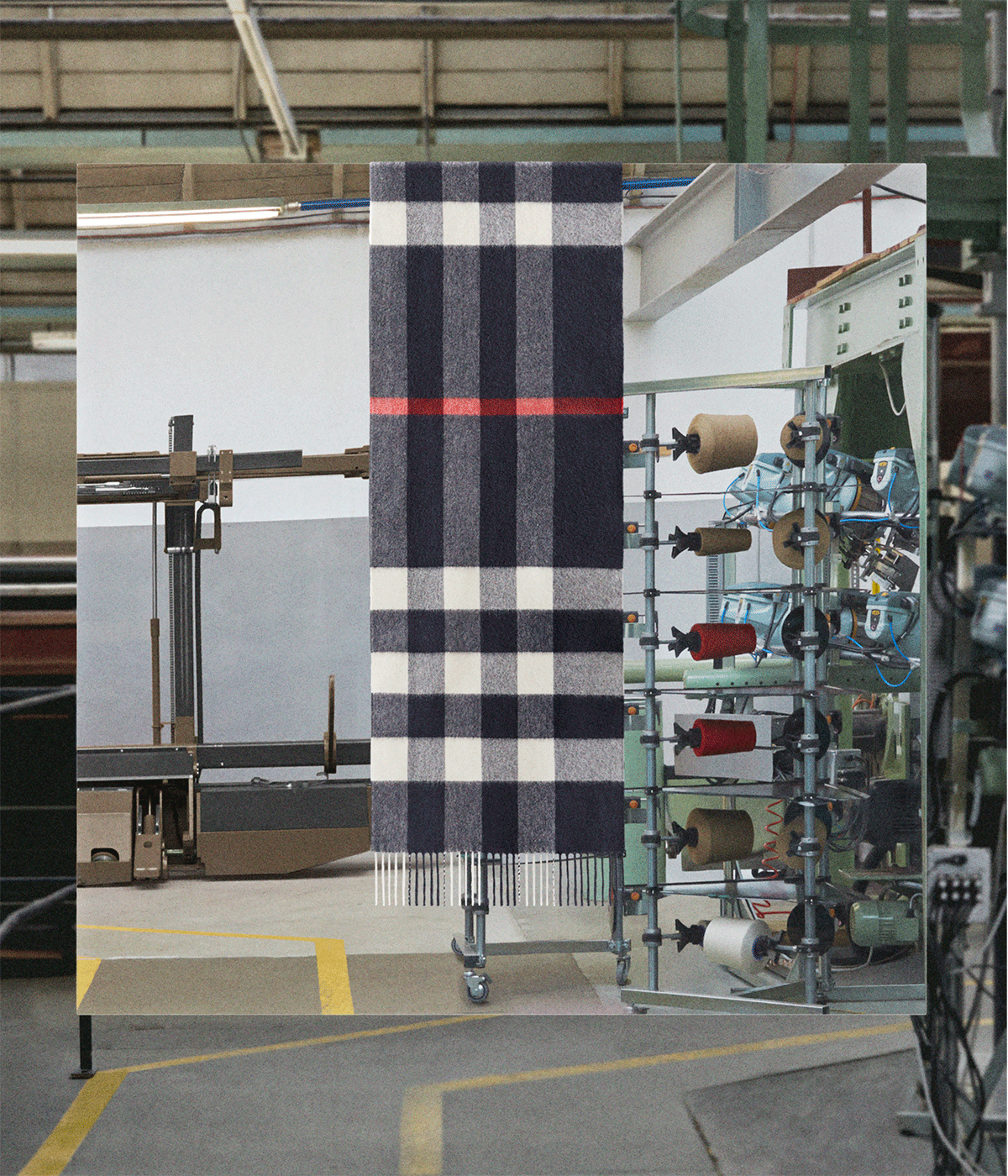
As brands have emerged from the first global lockdown, two design tenets have appeared paramount: luxury labels must innovate and lead within today’s digital landscape, designing products that are trend-surpassing and expertly crafted.
This duality in design is evident at Burberry, which embraces artisanal craft and digital technology with equal energy. Take the boundary-breaking British label’s S/S 2021 show back in September, which became the fashion event presented live on global gaming site Twitch. Through the channel's Stream Squad functionality, users were able to view the British label’s outdoors showcase from multiple perspectives and interact with each other using Twitch’s chat function. The history of Burberry is also intrinsically linked to craftsmanship – its founder Thomas Burberry invented the waterpoof fabric gabardine in 1879, which clothed polar explorers in the early 20th century.
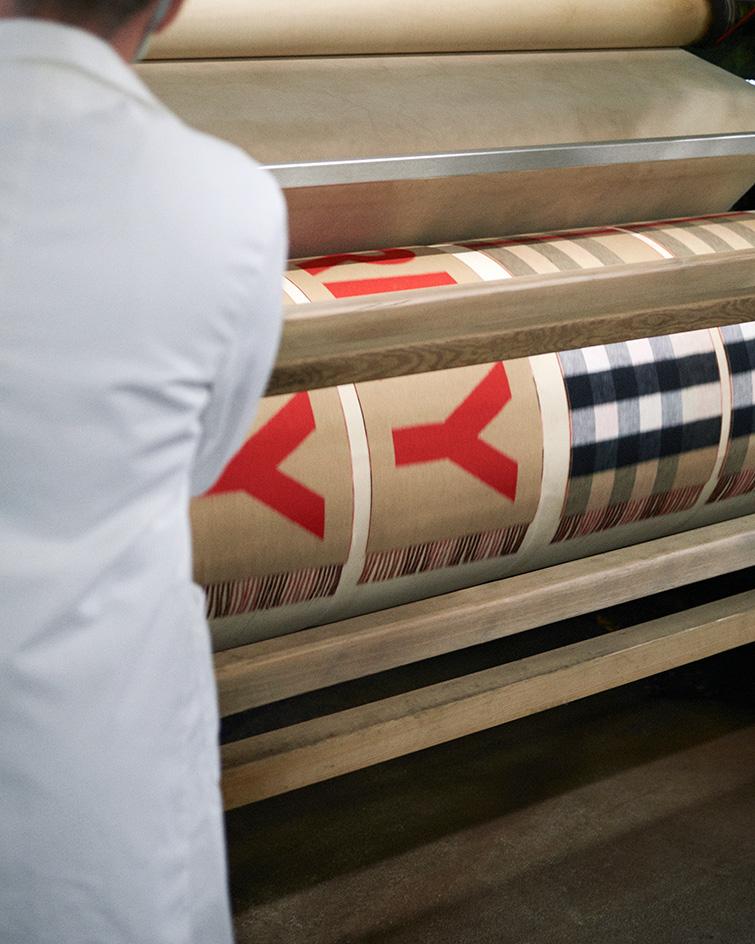
The brand counts not only protective outerwear as part of its design DNA but also its coveted check scarf. In celebration of this warming style symbol, the label has released a series of behind the scenes shots celebrating the 30-step design process behind the style. Burberry's cashmere scarves are created in a 200-year old mill in the Scottish countryside, and require multiple manufacturing steps, including a six hour dyeing process to ensure a vivid colour, a teasing process on carding machines that separates individual cashmere strands, and an intricate weaving process on looms which are programmed for each pattern change. A washing process which removes leftover oil from the weaving process is carried out using local water from the River Lossie, connecting Burberry’s warming wares inherently to the great outdoors.
The wider natural world is also of great importance to the British label. To drive change in the cashmere industry, Burberry partners with organisations including the Sustainable Fibre Alliance as they work to restore grasslands, promote animal welfare and support a decent living for cashmere goat herders. The Burberry Foundation also works with NGO partners to build a more sustainable, resilient and inclusive cashmere supply chain for the future.
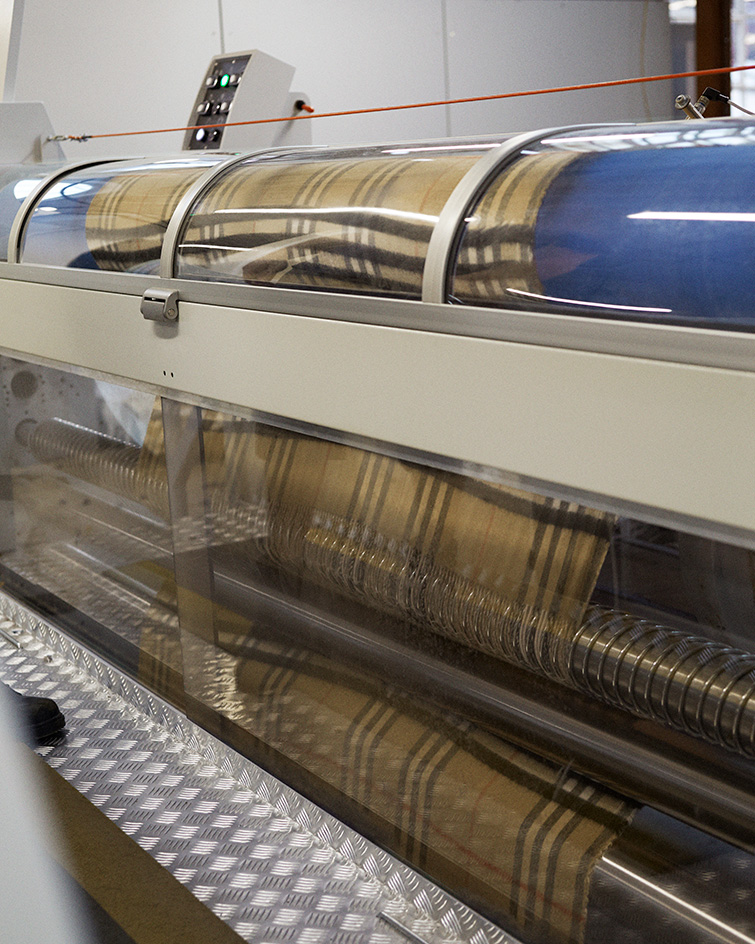
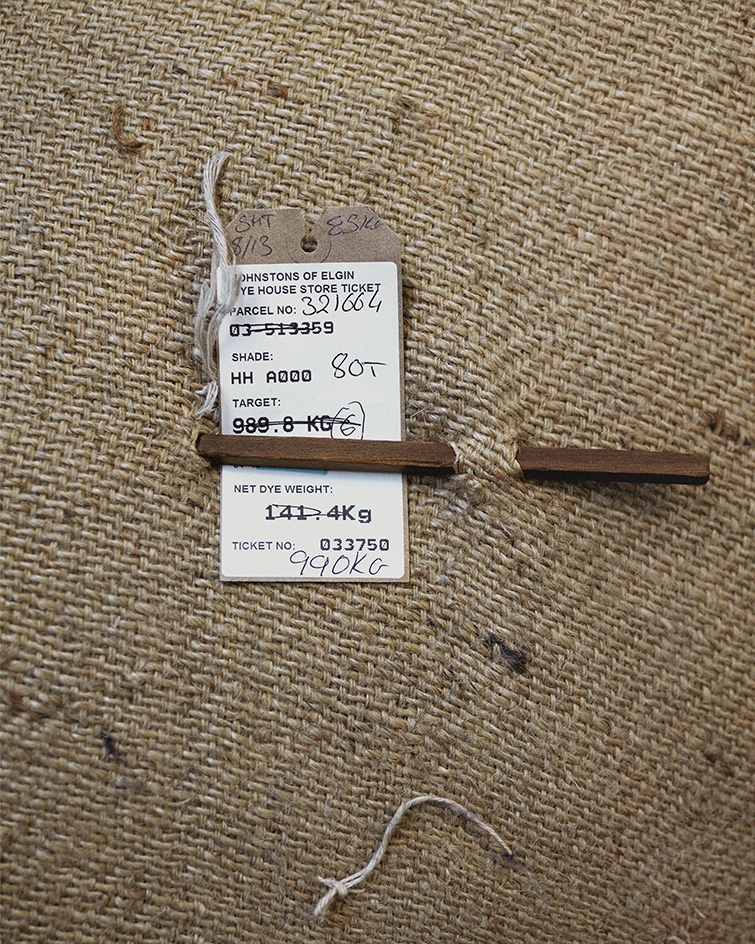
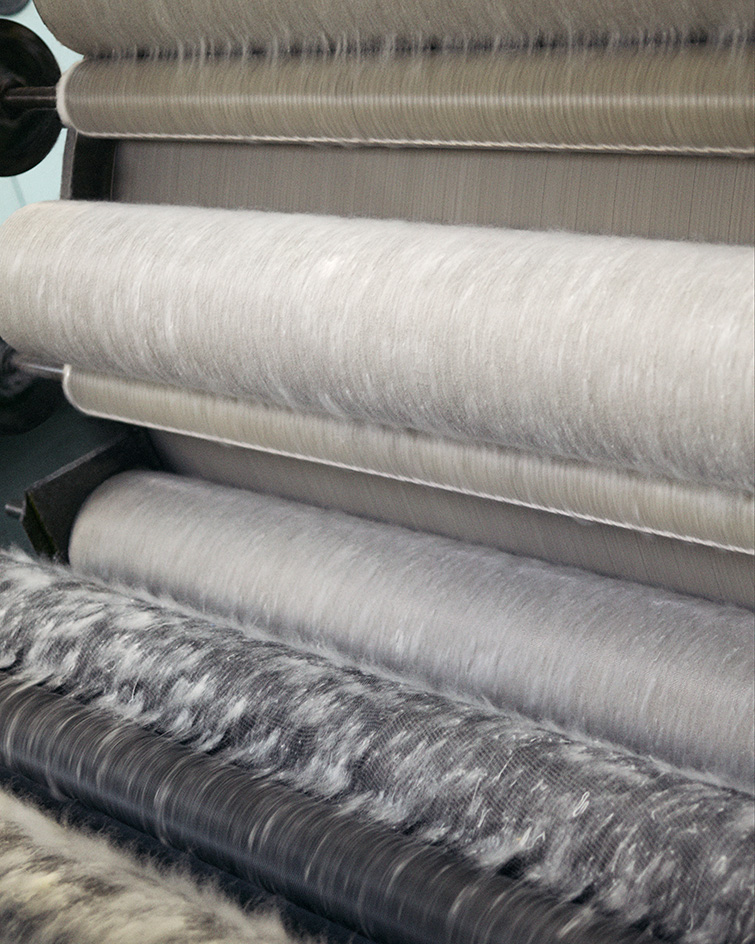
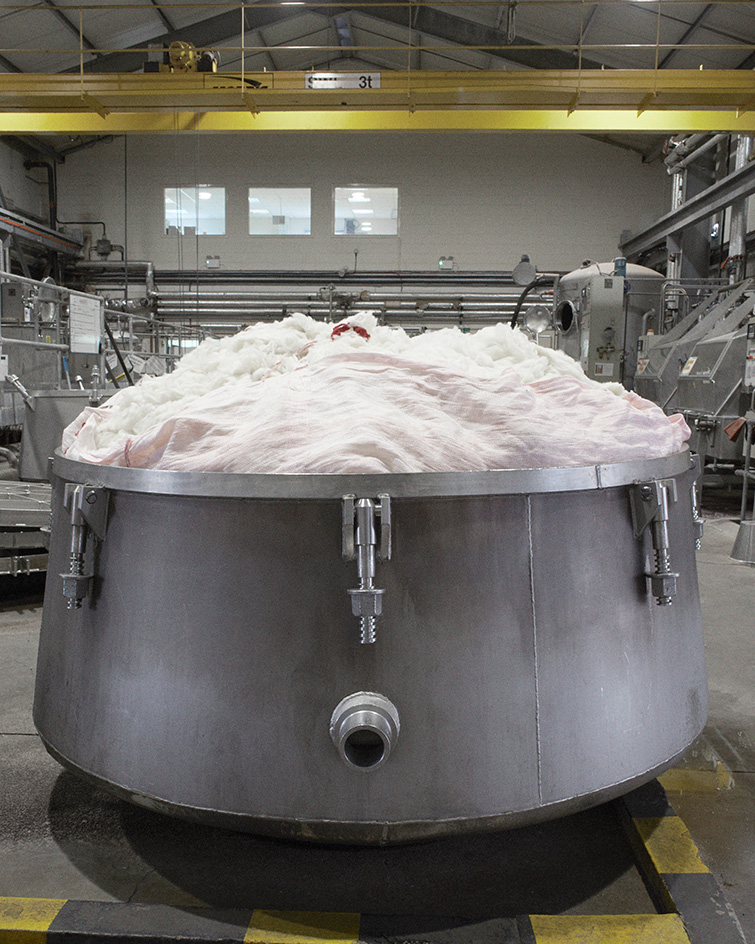
INFORMATION
burberry.com
Receive our daily digest of inspiration, escapism and design stories from around the world direct to your inbox.
-
 Curvilinear futurism meets subtropical beaches at Not A Hotel’s ZHA-designed Okinawa retreat
Curvilinear futurism meets subtropical beaches at Not A Hotel’s ZHA-designed Okinawa retreatZaha Hadid Architects has revealed the design for the first property in Not A Hotel’s futuristic new Vertex collection, coming soon to southern Japan
-
 Gorden Wagener leaves the helm of Mercedes-Benz design after 28 years with the company
Gorden Wagener leaves the helm of Mercedes-Benz design after 28 years with the companyThe German designer is stepping down from the role of chief design officer at Mercedes-Benz. We look back at his influence and impact on the world of automotive and luxury design
-
 These Christmas cards sent by 20th-century architects tell their own stories
These Christmas cards sent by 20th-century architects tell their own storiesHandcrafted holiday greetings reveal the personal side of architecture and design legends such as Charles and Ray Eames, Frank Lloyd Wright and Ludwig Mies van der Rohe
-
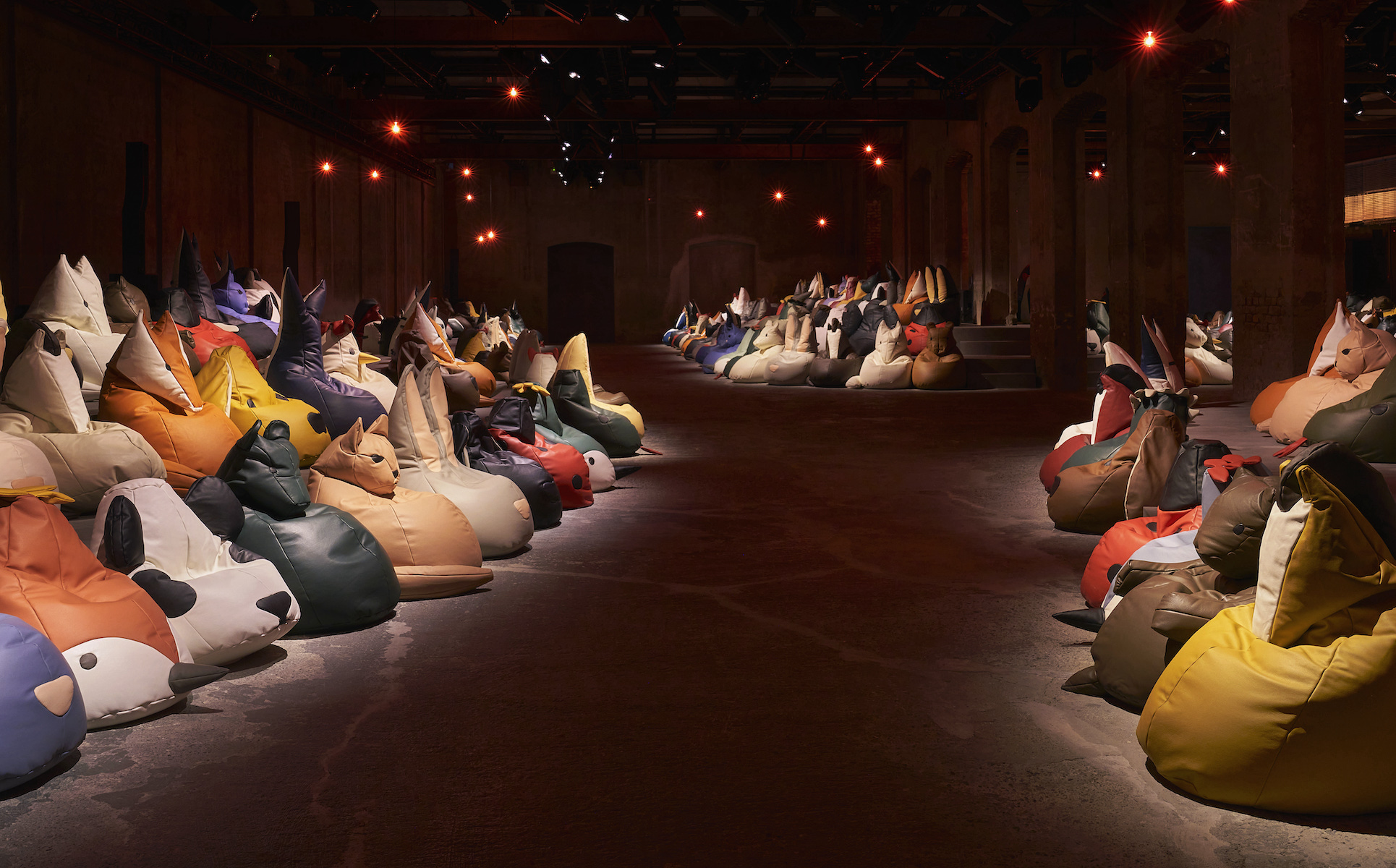 The breathtaking runway sets of S/S 2025, from beanbag animals to a twisted living room
The breathtaking runway sets of S/S 2025, from beanbag animals to a twisted living roomWallpaper* picks the best runway sets and show spaces of fashion month, which featured Bottega Veneta’s beanbag menagerie, opulence at Saint Laurent, and artist collaborations at Acne Studios and Burberry
-
 Gary Hume on creating Burberry’s medical-green show set, which revisits the artist’s 1990 work ‘Bays’
Gary Hume on creating Burberry’s medical-green show set, which revisits the artist’s 1990 work ‘Bays’Gary Hume opens up to Wallpaper* about collaborating with Daniel Lee on the show set for the designer’s S/S 2025 Burberry show, which took place this afternoon (16 September 2024) in the Brutalist lobby of London’s National Theatre
-
 The A/W 2024 menswear collections were defined by a ‘new flamboyance’
The A/W 2024 menswear collections were defined by a ‘new flamboyance’Sleek and streamlined ensembles imbued with a sense of performance take centre stage in ‘Quiet on Set’, a portfolio of the A/W 2024 menswear collections photographed by Matthieu Delbreuve
-
 In fashion: the defining looks and trends of the A/W 2024 collections
In fashion: the defining looks and trends of the A/W 2024 collectionsWe highlight the standout moments of the A/W 2024 season, from scrunched-up gloves and seductive leather ties to cocooning balaclavas and decadent feathers
-
 Women’s Fashion Week S/S 2025: what to expect
Women’s Fashion Week S/S 2025: what to expectNext week sees the arrival of Women’s Fashion Week S/S 2025, with stops in New York, London, Milan and Paris. Here, our comprehensive guide to the month, from Alaïa’s arrival in New York to Alessandro Michele’s Valentino debut
-
 The moments fashion met art at the 60th Venice Biennale
The moments fashion met art at the 60th Venice BiennaleThe best fashion moments at the 2024 Venice Biennale, with happenings from Dior, Golden Goose, Balenciaga, Burberry and more
-
 A/W 2024 beauty moments from the runways, as selected by Wallpaper*
A/W 2024 beauty moments from the runways, as selected by Wallpaper*We recap stand-out A/W 2024 beauty moments from the runways, including JW Anderson, Chanel, Hermès, and more
-
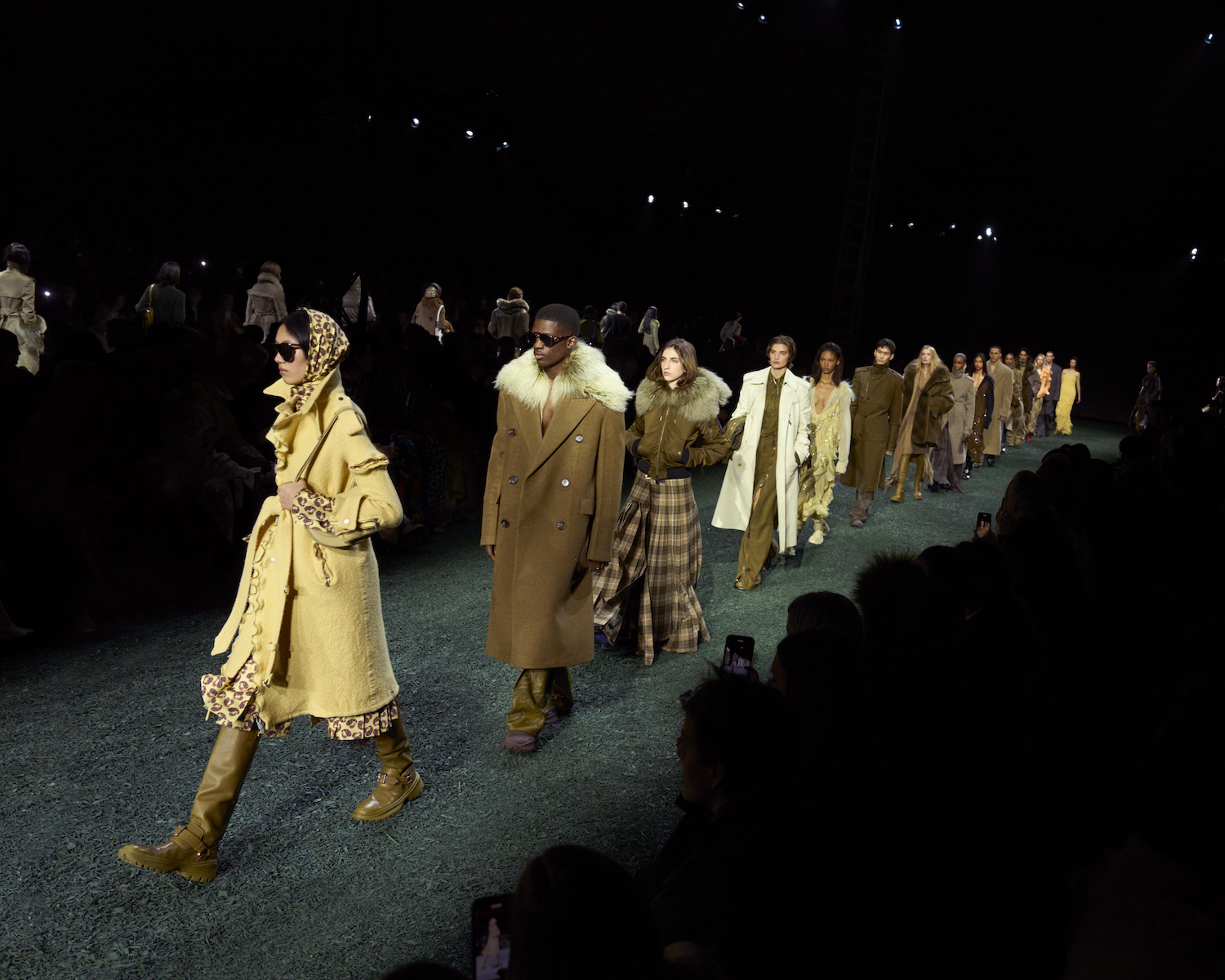 London Fashion Week A/W 2024: JW Anderson to Burberry
London Fashion Week A/W 2024: JW Anderson to BurberryThe very best of London Fashion Week A/W 2024, from nosy neighbours at JW Anderson to Daniel Lee’s celebration of the great outdoors at Burberry